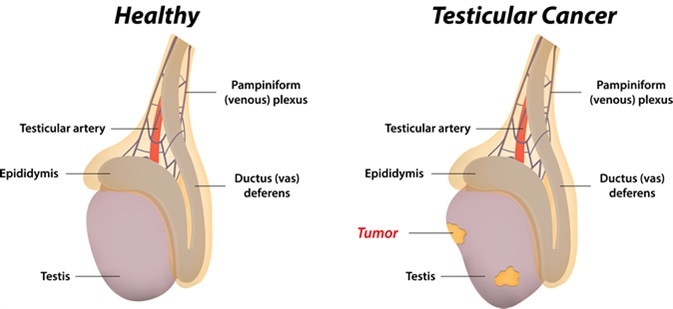Site Under Development, Content Population and SEO, Soft Launch 1st January 2020
Dietary supplementation with various multivitamins, minerals, and nutrients thought to be inadequately present in the diet is an important and increasing trend in the world of today. The disturbing side of this trend with all the potential risks must not be missed, however.
Many young people use supplements to lose weight, to treat constipation, and to improve the muscle-building effects of their exercise regimens. The ingredients used in these supplements are often described as natural and herbal. However, it is now established that merely being natural does not mean that it is safe, and some of them may even have a role in the development of malignancies.

Many supplements in general use today include performance-enhancing or lean mass-building anabolic steroids. Some workers have reported that up to one in five individuals on supplements use these chemicals knowingly or unknowingly, which puts them at risk of testicular cancer.
It has been shown that this type of tumor is developed at a higher rate with an odds ratio of 1.65 in the supplement-user group. The incidence of testicular cancer is also going up with time, and therefore much research is focused on identifying a link (if any) between these two phenomena other than the temporal trends.
The risk of testicular germ cell cancer is higher in supplement users who have been taking two or more muscle-building supplements (MBS), which depends on the duration of use as well. This is an important finding since this cancer has been resistant to etiological research so far.
It is also significant that seminomas and non-seminomatous tumors also have shown an increased incidence. Thus there may be common causative factors between the two, and this risk remains even when confounding factors are accounted for (such as age and smoking tobacco). Early and long use of supplements practically doubles the risk of cancer development.
MBS contains not just known components, but also obscure herbal or other ingredients which have not been fully characterized with respect to their properties. Thus some MBS may have hormone-like effects, while others may contain impurities or adulterants.
It is particularly important to note that one study conducted in several different countries reported that 15 percent of supposedly non-hormone MDS actually contained anabolic steroids of an androgenic nature. They included nandrolone precursors, significant in that they have been linked to the occurrence of testicular cancer in rats. More studies are needed to detect the altered effects of combined MBS when used simultaneously. This is a known modifiable cause of germ cell tumors, and requires greater attention.
Creatine has also been actively promoted for several years as a means of improving muscle mass in high-intensity repetitive sports. The biological mechanism quoted was the conversion of creatine into heterocyclic amines (HCA) which are known to be carcinogenic. These include 2-amino-1-methyl-6-phenylimidazo[4,5-b]pyridine (PhIP), 2-amino-3,8-dimethylimidazo[4,5-f]quinoxaline, 2-amino-(1,6-dimethylfuro[3,2-e]imidazo[4,5-b])pyridine (IFP) and 2-amino-3,4,8-trimethylimidazo[4,5-f]quinoxaline (4,8-DiMeIQx)).
One study has reported that low or high doses of creatine do not lead to carcinogenic potential of the HCAs. Thus creatine supplementation may be unlikely to be the culprit in the formation of mutagens at a higher level, unless it is combined with other sources of dietary creatine such as fried red meats.